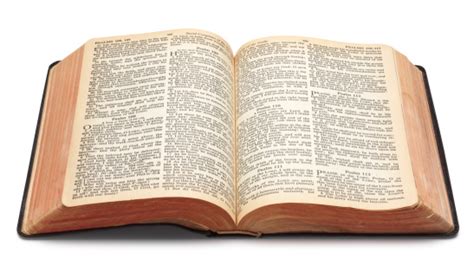- Joined
- Jun 19, 2023
- Messages
- 1,215
- Reaction score
- 2,373
- Points
- 133
- Age
- 47
- Location
- Canada
- Faith
- Reformed (URCNA)
- Country
- Canada
- Marital status
- Married
- Politics
- Kingdom of God
Okay, but does covenant theology imply paedobaptism?
The essential connection between covenant theology and paedobaptism lies in the continuity of God's covenantal dealings with his people, particularly regarding how the children of believers are included within the covenant community. Understanding this connection requires examining the theological framework of covenant theology and how it naturally leads to the practice of paedobaptism.
Covenant Theology: A Brief Overview
Covenant theology is the hermeneutical framework that sees God's redemptive work as structured through covenants. Most covenant theologians recognize three overarching theological covenants:1. The covenant of redemption (between the Father and the Son, ensuring the salvation of the elect).
2. The covenant of works (between God and Adam, requiring perfect obedience).
3. The covenant of grace (God’s gracious dealings with fallen humanity through Christ, administered in various historical covenants).
Of particular importance is the covenant of grace, which remains essentially one covenant with a unified people of God, although progressively revealed through different administrations (Noahic, Abrahamic, Mosaic, Davidic, and finally the new covenant).
The Abrahamic Covenant as the Paradigm
A key theological foundation for paedobaptism is the Abrahamic covenant (Genesis 17). In this covenant, God promises to be God to Abraham and his descendants, and he commands circumcision as the covenant sign to be applied to Abraham and his offspring (Genesis 17:7, 10-12). The core of this covenant is God's promise of redemption, which extends beyond Abraham himself to his household. Covenant theologians observe that there is no abrogation in the New Testament of this principle of household inclusion. Instead, it assumes continuity in how God administers the covenant sign.The Continuity Between Circumcision and Baptism
The New Testament reinterprets circumcision in light of Christ:- In Colossians 2:11-12, Paul closely associates circumcision with baptism, suggesting that baptism now serves as the sign of entrance into the covenant community.
In him you also were circumcised—not, however, with a circumcision performed by human hands, but by the removal of the fleshly body, that is, through the circumcision done by Christ. Having been buried with him in baptism, you also have been raised with him through your faith in the power of God who raised him from the dead.
And he received the sign of circumcision as a seal of the righteousness that he had by faith while he was still uncircumcised, so that he would become the father of all those who believe but have never been circumcised, that they too could have righteousness credited to them.
Household Inclusion in the New Testament
The New Testament provides examples of household baptisms (e.g., Acts 16:15, 33; 1 Corinthians 1:16), which covenant theologians see as reinforcing the principle that God's covenant sign is still applied to believers and their families. This follows the pattern established in the Abrahamic covenant rather than introducing a novel individualistic approach.The Unity of the People of God
Covenant theology maintains that the church is the continuation of the covenant people of Israel (Romans 11, Galatians 3:29). Since Israel in the Old Testament included both adults and their children in the covenant, the New Testament church should likewise include believers and their children. The inclusion of children in the covenant has not been revoked, so withholding baptism from them would be an unjustified departure from biblical precedent.Accepting Covenant Theology Leads to Paedobaptism
If one fully embraces covenant theology, the following logical progression leads to paedobaptism:1. God's covenant of grace is one unified covenant throughout redemptive history.
2. The Abrahamic covenant included believers and their children as members.
3. Circumcision was the Old Covenant sign applied to male infants, marking them as part of the covenant people.
4. Baptism replaces circumcision as the New Covenant sign (Colossians 2:11-12).
5. The pattern of household inclusion remains unchanged in the New Testament.
6. Since the principle of including children in the covenant community remains intact, baptism should be applied to them as the new sign of covenant membership.

